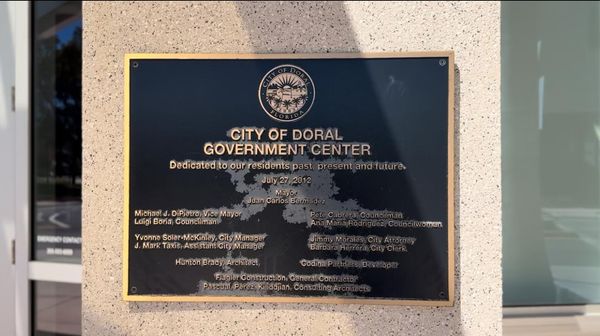
On Monday, one of the world's most active volcanoes, Kilauea volcano on Hawaii island, erupted after a three-month hiatus. The eruption, as reported by the United States Geological Survey (USGS), began at approximately 2:20 a.m., spewing bright orange lava as high as 300 feet.
The eruption continued throughout the day, attracting crowds to Hawaii Volcanoes National Park, which remained open to the public 24 hours a day. The USGS provided a livestream of the spectacle, capturing the lava fountains flowing and spreading across the caldera floor.
By 5:30 a.m., around 500 acres of lava had covered the caldera floor, with lava erupting from vents on the west part of the caldera wall. The eruption, which occurred within the summit caldera Kaluapele, marked the fifth eruption in the summit area of Kilauea since December 2020.



Ken Hon, the head scientist at USGS's Hawaiian Volcano Observatory, described the eruption as a 'big voluminous eruption' and noted the rapid onset of the event. The lava flows had already covered a 400-acre lava lake that originated in 2020.
Volcanic activity began to slow significantly between 3:00 to 4:00 p.m., with experts reporting that a little over one square mile around the volcano was covered by roughly 5 p.m. The lava, estimated to be about 1 yard thick, posed no immediate danger to nearby communities as it was contained within the national park.
However, authorities warned of high emission rates of volcanic gases, affecting air quality downwind from the crater. The National Park Service advised individuals with respiratory and heart conditions to exercise caution in the area.







